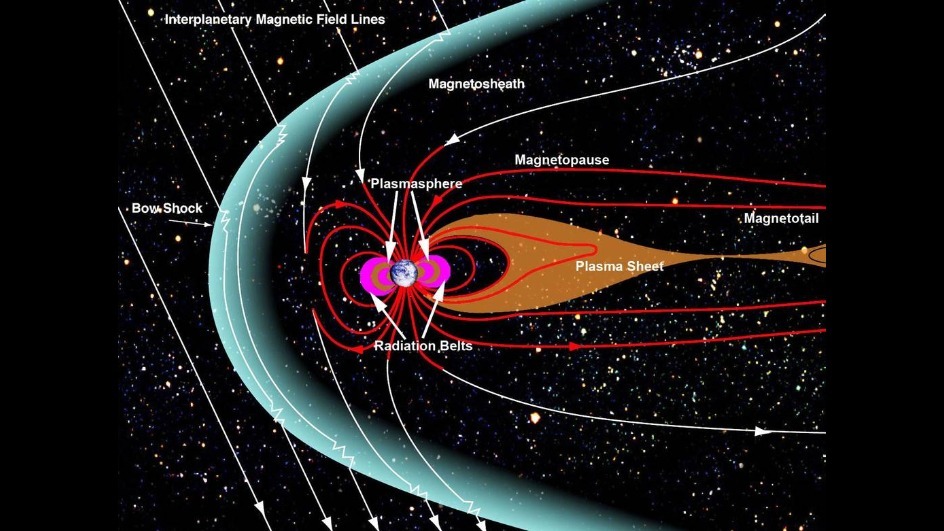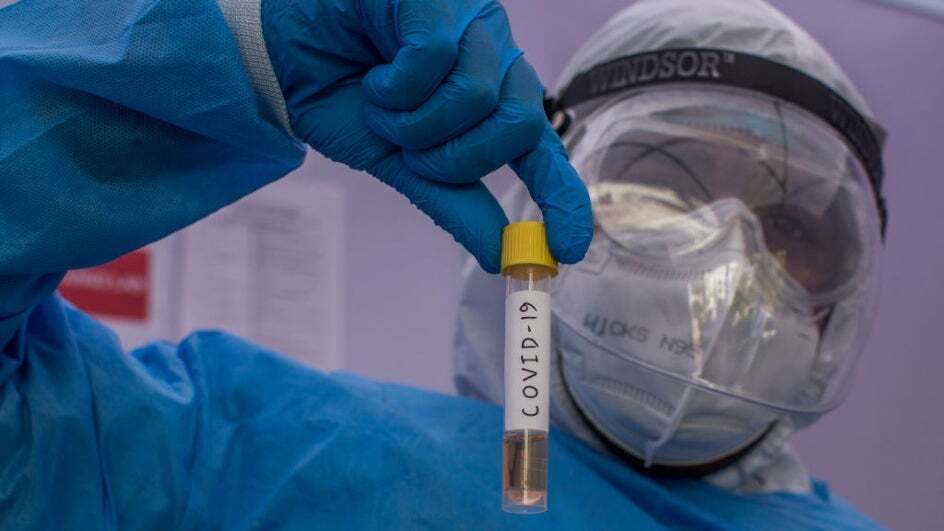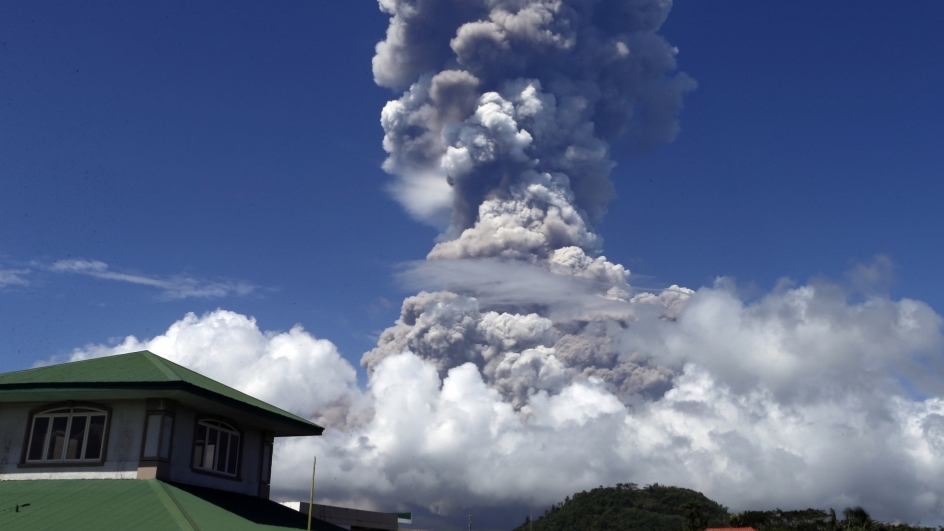weather.com/en-IN/india/sp…
(📸: Shuai Li)
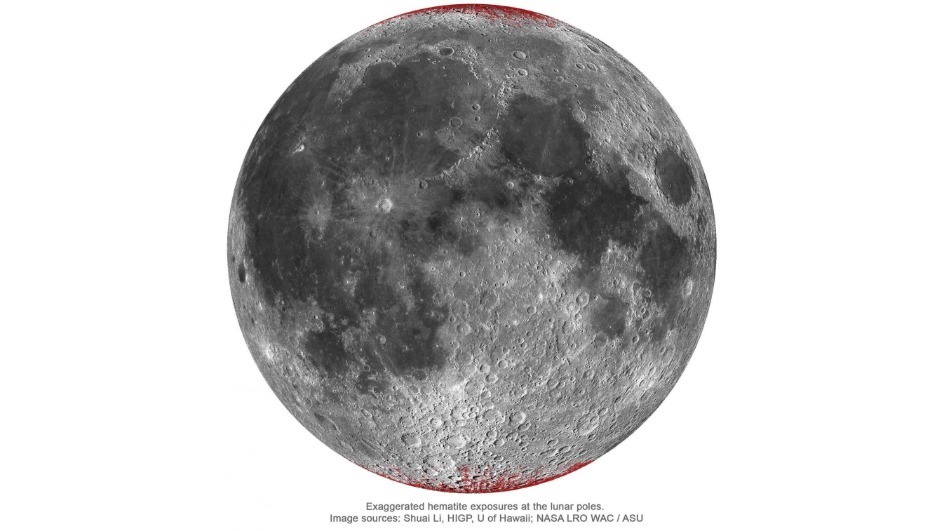
#Chandrayaan1 @isro
For iron to convert into rust it needs oxidizers, which can steal electrons from the iron and thus initiate rust formation. To understand the cause, the team examined the bombarding of hydrogen from the solar wind.
(Image credit: @NASA)
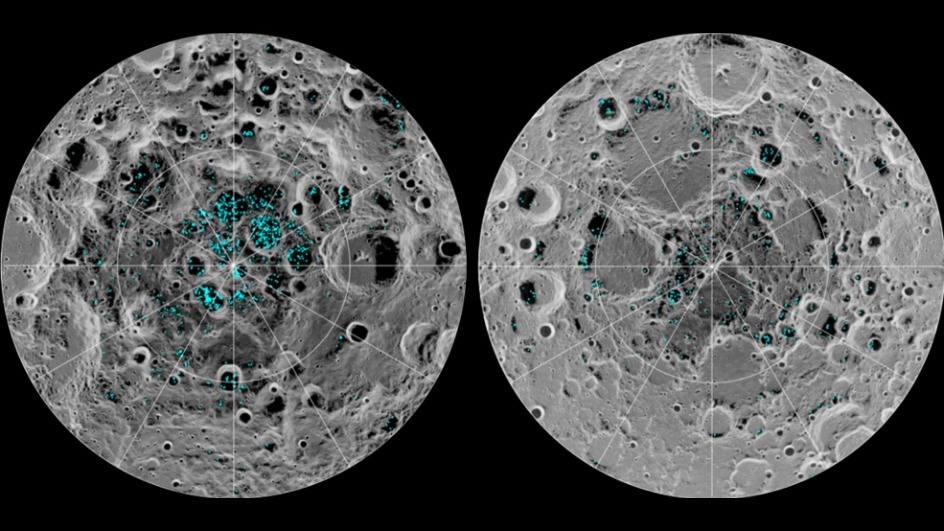
#Chandrayaan1 @isro
#Chandrayaan1 @isro
#Chandrayaan1 @isro
#Chandrayaan1 @isro
#Chandrayaan1 @isro
By now, scientists were able to decode the presence of oxygen, iron for the rust formation. But one most important element to carry this reaction was still missing i.e., water.

